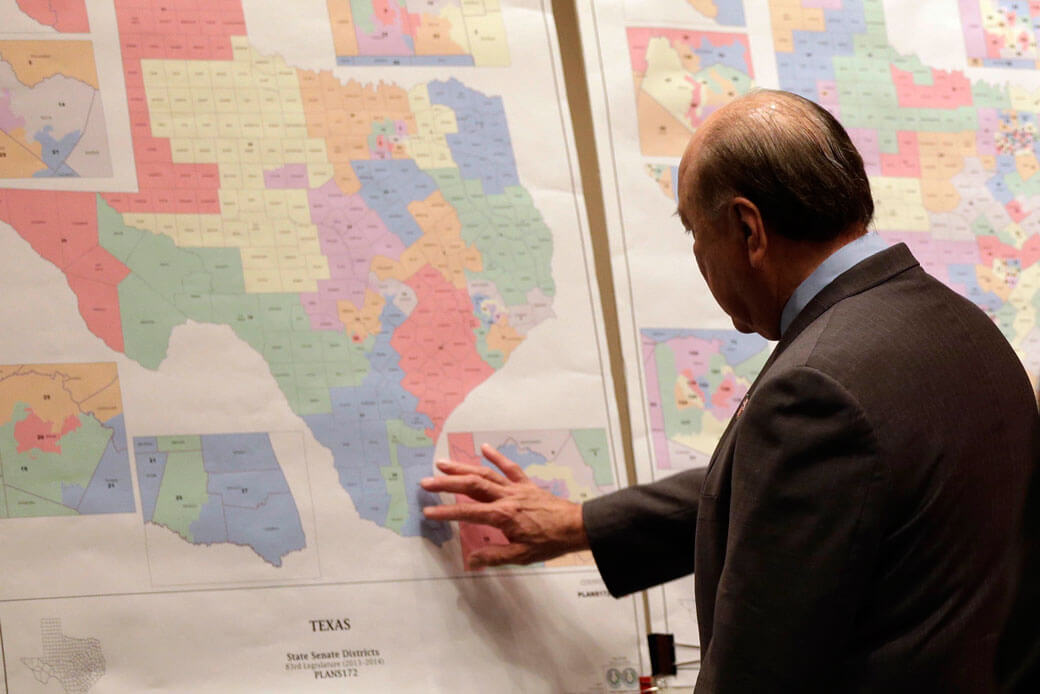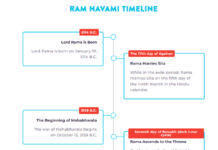Vidya Sethuraman
Following the 2020 Census, the upcoming redistricting cycle is a critical moment to ensure political representation for our communities, impacting resources for education, health care, the environment, and other needs over the next ten years. The unfair manipulation of districts to dilute the voting power of minority communities is seen by many as another type of voter suppression. Experts explained the process, the law and why it is important for communities to voice their views and prevent inequities in the EMS conference on March 26.
Redistricting is the process used by governments to redraw political district boundaries. Redistricting applies to all levels of government where district elections are held, including the U.S. House of Representatives, state legislatures, city councils, school boards, county boards, judicial, water districts, and more. Every ten years, designated decision makers redraw legislative maps to even out the population in each district. The U.S. Census Bureau was supposed to provide redistricting data to the states by March 31, but after setbacks from the pandemic, it won’t be ready until mid- to late August and might not be available until Sept. 30.
Thomas A. Saenz, president and general counsel of the Mexican American Legal Defense and Educational Fund, or MALDEF said redistricting happens only once in ten years. How district lines are drawn influences who runs for public office and who is elected, said Thomas. Due to the Covid-19 pandemic, the US Census Bureau pushed back its data release deadline several months later to July 31, 2021. This change could have a significant effect on the timeline and process used to draw new maps.
Terry Ao Minnis, Senior Director of Census and Voting Programs, Asian Americans Advancing Justice explained about the importance of Census and how it determines redistricting. In March 2020, concern about the COVID-19 pandemic began and the Census Bureau suspended its field activities and closed field offices. We will know by April 30, 2021 how the 435 seats in the U.S.House of Representatives will be distributed to the states. Who lives in a district can influence whether elected officials are responsive to a community’s needs regarding important issues like ensuring safe schools to adopting immigration policies, said Terry. Our communities need to fully participate in, and monitor, the upcoming redistricting process to ensure our communities are heard and represented, added Terry.
Relying on anything other than 2020 census data for the final maps poses a “substantial legal risk,” Levitt said. He also questions the Census 2020 data. Some caused by the pandemic, some caused by intentional malfeasance during the last administration – most of it affects communities already more likely to be undercounted. Part of the reason why Census data is coming late this year is that the new administration is trying to give Census the time they say they need to correct what can be corrected. I think it’s still not totally clear exactly how much irreversible damage has already been done., said Justin Levitt, a professor at Loyola Law School in Los Angeles.







